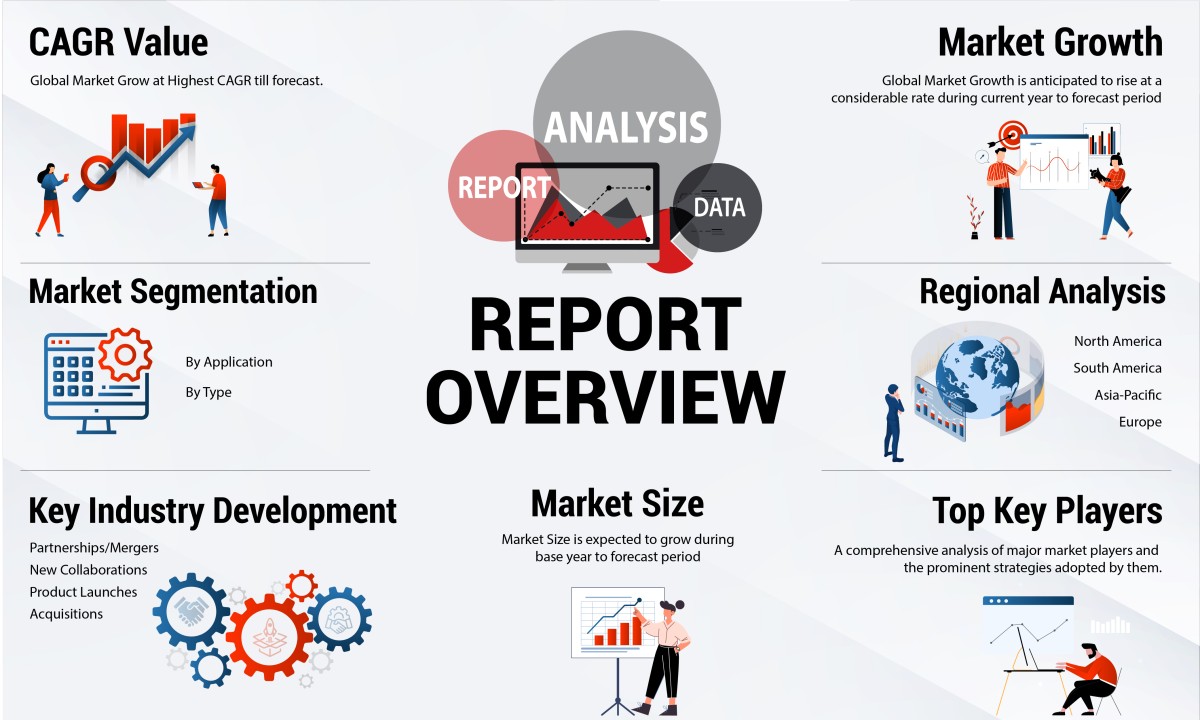Terminal Growth Rate is a financial concept used in valuation methodologies to estimate the perpetual growth rate of a company’s free cash flow. It represents the expected rate at which a company is projected to grow indefinitely into the future.
Table of Contents
Understanding Terminal Growth Rate
In finance, predicting the future cash flows of a company is a fundamental aspect of valuation. However, the challenge lies in forecasting these cash flows beyond a certain period of time. This is where the concept of Terminal Growth Rate becomes valuable.
The Terminal Growth Rate is commonly used in the Discounted Cash Flow (DCF) analysis, a popular valuation method used by investors to estimate the intrinsic value of a company. It assumes that a company’s free cash flow will grow at a stable rate in perpetuity after a certain period, known as the terminal period.
Calculating Terminal Growth Rate
There are multiple approaches to determining the Terminal Growth Rate. One common method is to use historical data and industry benchmarks to estimate the long-term growth potential of the company. Analysts often consider factors such as industry growth rates, market conditions, competitive advantage, and market saturation.
Another approach involves using the Gordon Growth Model, also known as the Dividend Discount Model. This model assumes that a company’s dividends (or free cash flows) will continue to grow at a constant rate indefinitely. By utilizing this model, along with the required rate of return, analysts can calculate the Terminal Growth Rate.
| Approach | Advantages | Disadvantages |
|---|---|---|
| Historical data and industry benchmarks |
|
|
| Gordon Growth Model |
|
|
Risks and Limitations
While Terminal Growth Rate is a useful tool in valuation, it is important to understand its limitations. Forecasting long-term growth rates carries inherent risks and uncertainties. Assumptions made about the future can be influenced by various factors, such as changes in economic conditions, industry dynamics, or company-specific risks.
Moreover, it is crucial to consider the reasonableness of the estimated Terminal Growth Rate. Excessively high growth rates can result in unrealistically high valuations, while overly conservative rates may undervalue the company.
Incorporating Terminal Growth Rate in Valuation
When using the DCF analysis, the Terminal Growth Rate is applied to the cash flows beyond the projected period to calculate the company’s perpetuity value. This value is then discounted back to the present value using an appropriate discount rate, such as the Weighted Average Cost of Capital (WACC).
It is essential to review and adjust the Terminal Growth Rate periodically to account for changes in the company’s performance, industry conditions, and macroeconomic factors. Regular updates to the assumptions and valuations ensure greater accuracy in evaluating a company’s long-term prospects.
Conclusion
Terminal Growth Rate is a crucial component in valuation methodologies that helps estimate the perpetual growth rate of a company’s future cash flows. By considering historical data, industry benchmarks, and utilizing models like the Gordon Growth Model, analysts can make reasonable assumptions about a company’s long-term growth potential. However, it is important to be mindful of the risks and limitations associated with forecasting and periodically update these assumptions for a more accurate valuation.
